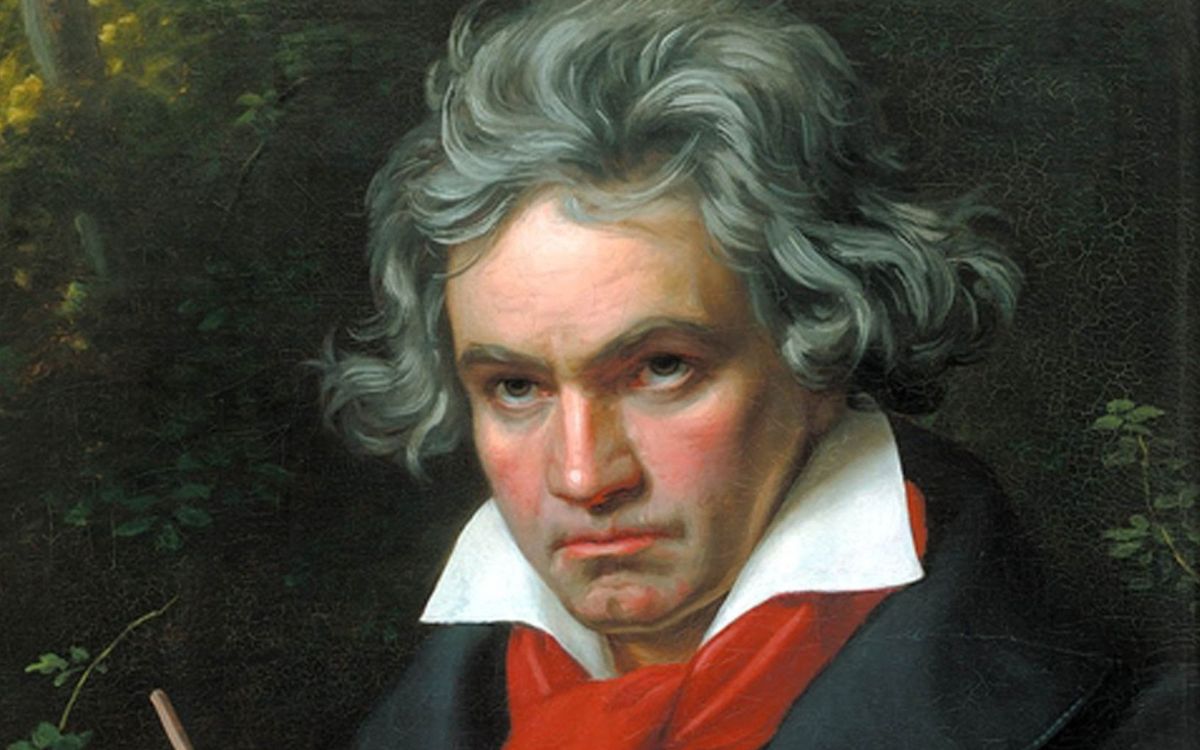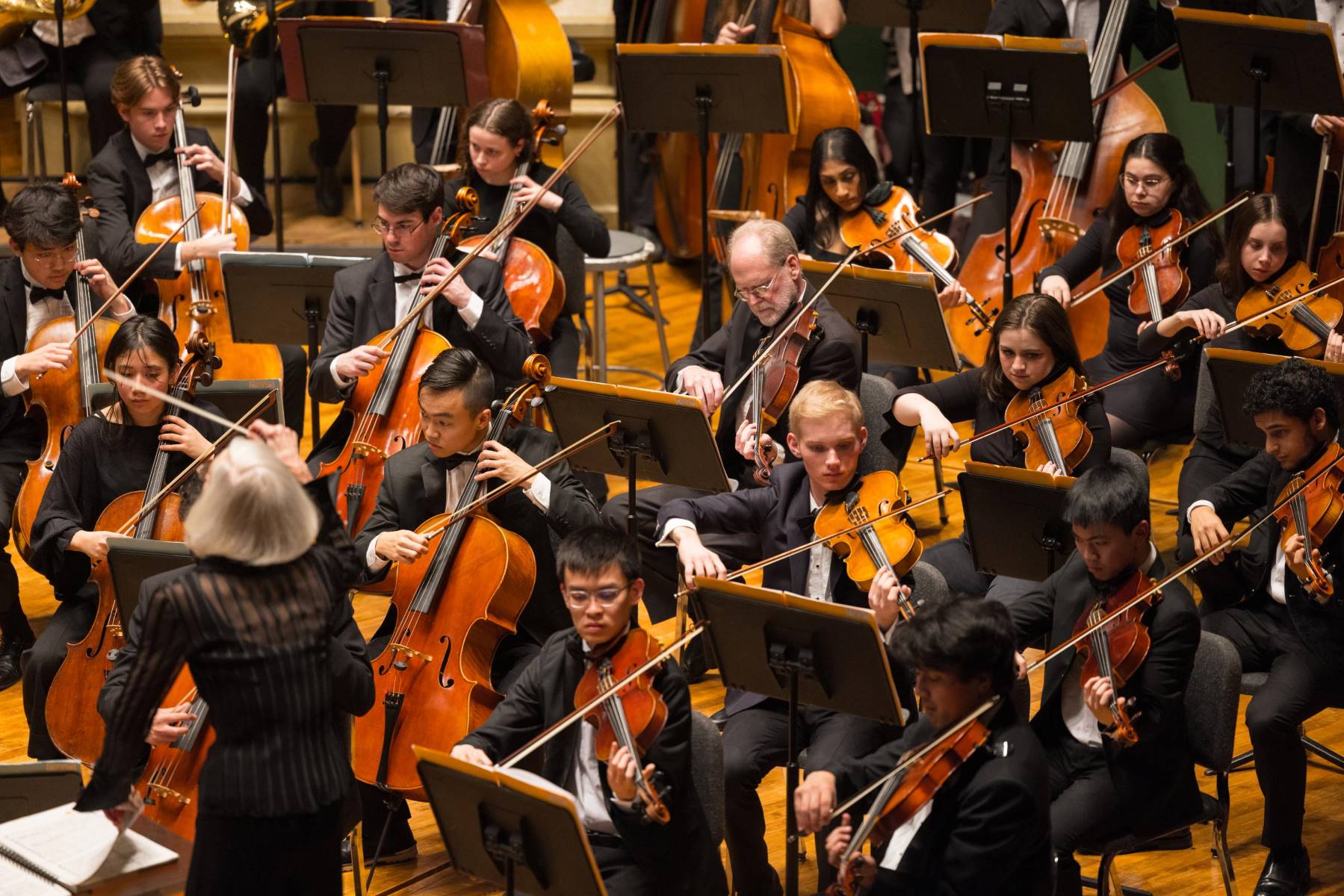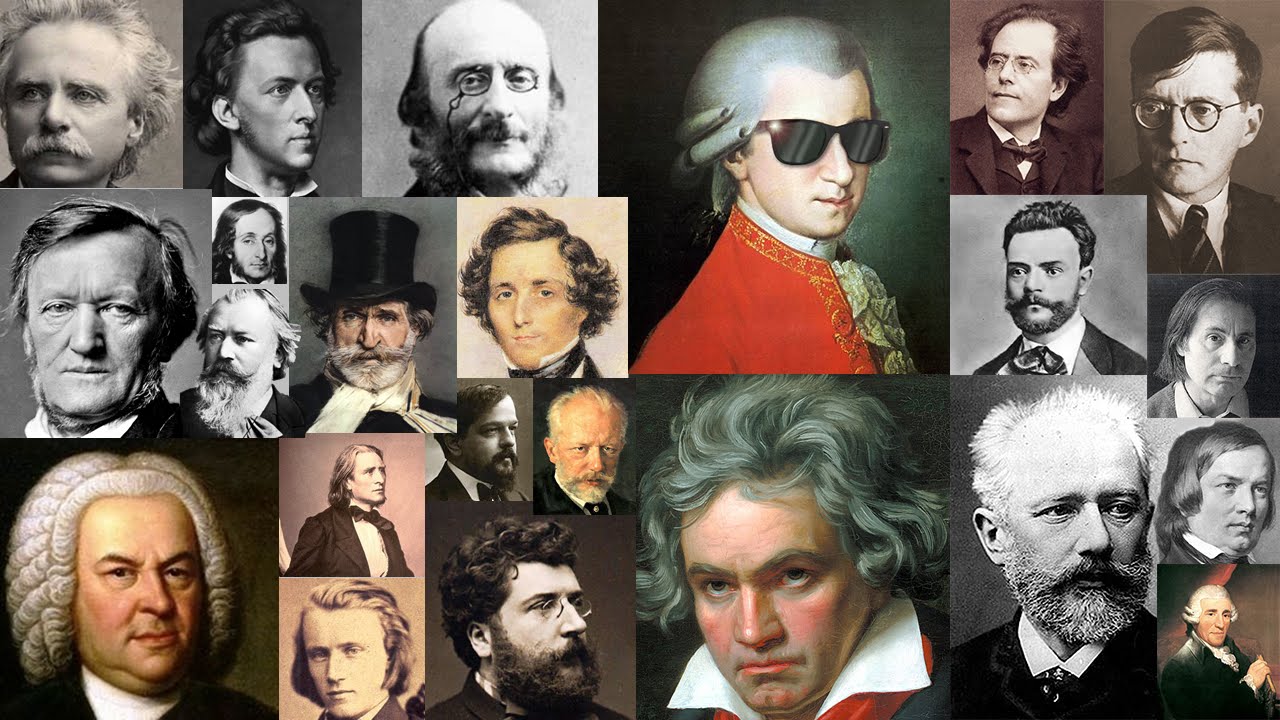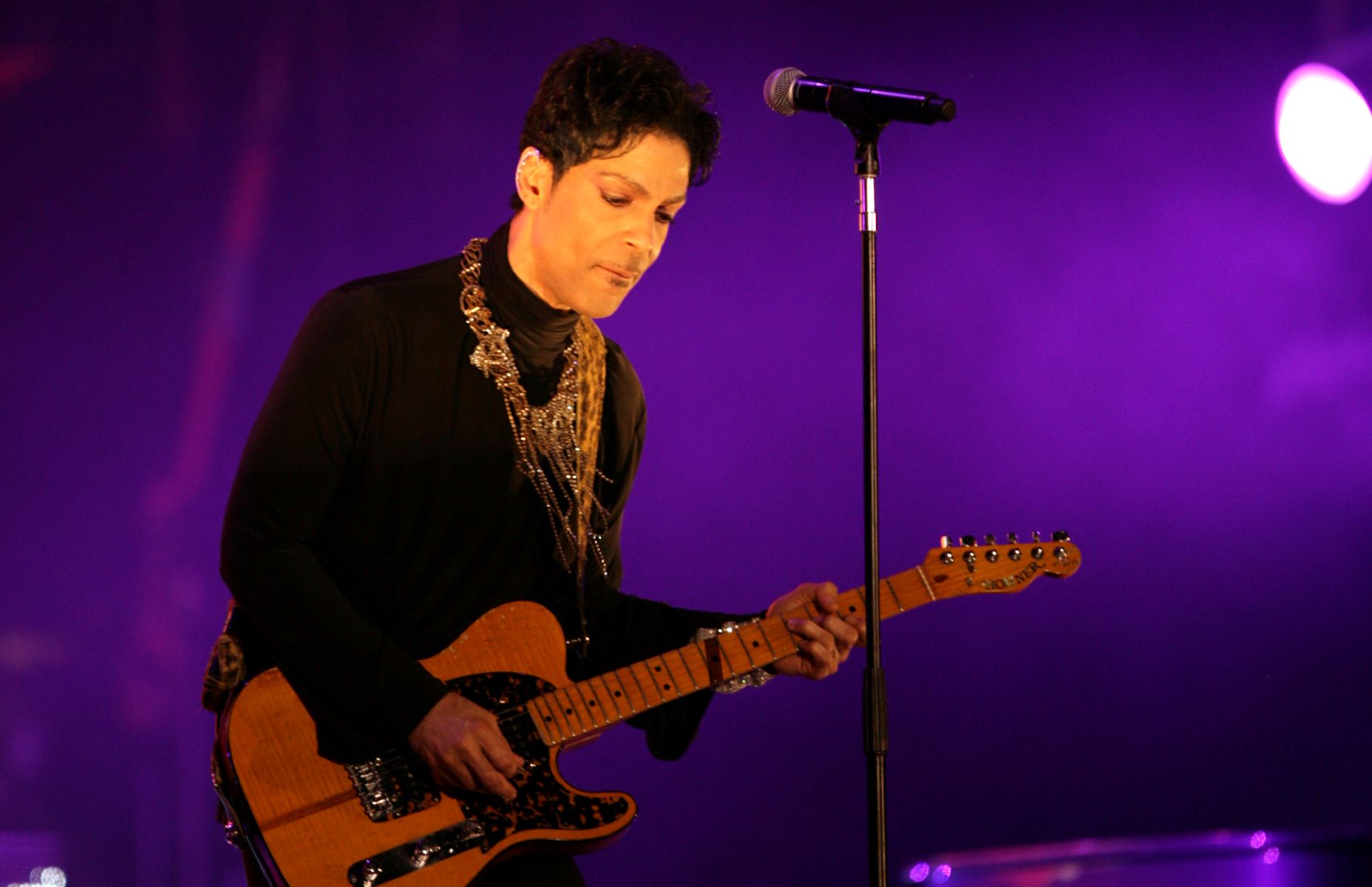Home>Production & Technology>Composer>Who Was The Most Famous Composer Of The Early Renaissance Period?


Composer
Who Was The Most Famous Composer Of The Early Renaissance Period?
Published: December 6, 2023
Discover the most renowned composer of the early Renaissance period. Uncover the influential works and legacy of this talented composer who shaped the music of the era.
(Many of the links in this article redirect to a specific reviewed product. Your purchase of these products through affiliate links helps to generate commission for AudioLover.com, at no extra cost. Learn more)
Table of Contents
Introduction
The Early Renaissance period, spanning from the 14th to the 15th century, marked a significant shift in the world of music. It was a time of great cultural and artistic transformation, with composers experimenting with new musical styles and techniques. During this period, numerous gifted composers emerged, leaving a lasting impact on the development of music.
The Early Renaissance period witnessed a renewed interest in the arts and humanities, fueled by the humanistic ideals of the time. The rise of wealthy patrons and the flourishing of the arts in Italy further contributed to the growth of music. Composers began to explore new musical structures and harmonies, breaking away from the rigid traditions of the medieval period.
The Early Renaissance period also witnessed a gradual shift from predominantly vocal music to instrumental compositions. Composers started experimenting with different musical instruments, resulting in the formation of early instrumental ensembles. This allowed for the exploration of new sounds and textures, further pushing the boundaries of musical expression.
In this article, we will explore the most famous composer of the Early Renaissance period and delve into their musical contributions. From their unique compositional styles to the legacy they left behind, we will uncover the profound influence these composers had on shaping the landscape of music during this period.
Join us as we embark on a journey through the rich history of the Early Renaissance period, exploring the works of some of the greatest composers of the time and discovering the timeless beauty of their music.
Characteristics of the Early Renaissance Period
The Early Renaissance period was a time of artistic and cultural flourishing, characterized by several distinctive traits that set it apart from the preceding medieval era. These characteristics shaped the development of music during this period and contributed to its unique sound and style.
One of the key characteristics of the Early Renaissance period was the shift towards humanism. Humanism emphasized the importance of human intellect, reason, and individualism. This newfound focus on human expression led composers to explore new musical styles that reflected the emotions and experiences of the human condition.
Another characteristic of this period was the development of polyphony. Polyphony refers to the use of multiple independent melodic lines in music. Composers of the Early Renaissance period began to experiment with polyphonic textures, creating intricate and complex harmonies that added depth and richness to their compositions. This marked a departure from the predominantly monophonic music of the medieval era.
The Early Renaissance period also saw the emergence of a more secular musical tradition. While religious music remained prominent, composers began to create works that celebrated the joys and sorrows of everyday life. This allowed for greater artistic freedom and expression, as composers could draw inspiration from a wider range of themes and emotions.
In terms of musical notation, the Early Renaissance period witnessed significant advancements. The use of mensural notation, a system of rhythmic notation, allowed composers to notate complex rhythms more accurately. This led to a more refined and precise representation of musical rhythms, enabling composers to create intricate and compelling musical compositions.
Lastly, the Early Renaissance period marked the beginning of a more systematic approach to music composition. Compositional rules and techniques, such as the use of consonance and dissonance, were established and followed more rigorously. This led to the development of a more harmonically structured sound, paving the way for the musical innovations of future eras.
In summary, the Early Renaissance period was characterized by a shift towards humanism, the development of polyphony, the emergence of secular music, advancements in musical notation, and a more systematic approach to composition. These characteristics contributed to the unique sound and style of the musical works created during this period and laid the foundation for the musical developments that followed.
Overview of Renaissance Music
In order to understand the music of the Early Renaissance period, it is important to have an overview of Renaissance music as a whole. Renaissance music is known for its beauty, complexity, and the emphasis on human expression. Composers of this era sought to create music that reflected the humanistic ideals of the time, resulting in innovative compositions that are still celebrated today.
One of the defining characteristics of Renaissance music is its use of polyphonic texture. Composers explored the intricate interplay between multiple melodic lines, creating harmonies that were both intricate and harmonically rich. These complex harmonies gave rise to a more lush and layered sound, providing a strong sense of depth and complexity.
Another notable feature of Renaissance music is its rhythmic diversity. Composers began to experiment with new rhythmic patterns, incorporating syncopation and intricate rhythmic structures into their compositions. This rhythmic complexity added a dynamic and captivating element to the music, further enhancing its emotional impact.
Harmonically, Renaissance music is characterized by its use of consonance and a sense of harmonic stability. Unlike the more dissonant and unresolved harmonies of the medieval period, Renaissance composers focused on creating harmonies that were pleasing to the ear and provided a sense of resolution and balance.
Renaissance music also saw a significant development in vocal music. Choral music became increasingly important, with composers writing elaborate masses, motets, and madrigals for vocal ensembles. These compositions showcased the rich polyphonic textures and expressive capabilities of the human voice.
Instrumental music also flourished during the Renaissance, although it initially played a secondary role to vocal music. Composers began to write instrumental music that showcased the unique capabilities of various instruments, leading to the development of instrumental forms such as dances and instrumental fantasias.
Overall, Renaissance music is characterized by its intricate polyphonic texture, rhythmic diversity, harmonic stability, and emphasis on human expression. It represents a significant departure from the musical traditions of the medieval period and laid the foundation for the subsequent developments in music history.
Important Composers of the Early Renaissance Period
During the Early Renaissance period, numerous talented composers emerged, leaving a lasting impact on the development of music. These composers pushed the boundaries of music, bringing innovation, creativity, and technical prowess to their works. Let’s explore some of the most important composers of the Early Renaissance period:
- Giovanni Pierluigi da Palestrina: Known as the “Prince of Music,” Palestrina was one of the most significant figures of this era. He is renowned for his mastery of polyphonic choral music and his contributions to the development of the Mass and sacred motets. His compositions are characterized by their impeccable balance, clarity, and expressive harmonies.
- Guillaume Dufay: Dufay is considered to be one of the pioneers of the Early Renaissance period. With his innovative use of harmonies and rhythmic complexity, he greatly influenced the development of polyphonic music. Dufay’s compositions range from sacred to secular, and he is particularly known for his chansons and Mass settings.
- Josquin des Prez: Josquin des Prez is often regarded as one of the finest composers of the Renaissance era. His innovative use of melodic lines and intricate counterpoint brought a unique expressiveness to his compositions. Josquin’s works, including his Masses and motets, demonstrate his mastery of polyphony and his ability to evoke powerful emotions through music.
- Orlande de Lassus: Lassus, also known as Orlando di Lasso, was a prolific composer who worked in various styles and genres. His compositions encompass a wide range of vocal and instrumental music, including Masses, motets, madrigals, and chansons. Lassus is celebrated for his fluid melodic lines, expressive harmonies, and skillful use of word-painting.
- John Dunstable: Dunstable was an English composer who played a crucial role in the development of Renaissance music. His compositions exemplify a delicate balance between rhythmic complexity and harmonic clarity. Dunstable’s influence can be seen in his compositions for both sacred and secular genres, with his motets and chansons being particularly notable.
These are just a few of the many remarkable composers who defined the Early Renaissance period. Their innovations in polyphony, harmonic progressions, and expressive techniques set the stage for the musical advancements that would follow in the Renaissance and beyond. Their contributions continue to be celebrated and studied today, showcasing the enduring legacy of their musical brilliance.
Evaluation of Famous Early Renaissance Composers
The famous composers of the Early Renaissance period have left an indelible mark on the history of music. Their works continue to be celebrated for their innovation, technical skill, and artistic vision. Let’s take a closer look at the evaluation of some of the most notable Early Renaissance composers:
- Giovanni Pierluigi da Palestrina: Palestrina’s compositions epitomize the ideals of Renaissance music. His mastery of polyphony and his ability to create harmonically balanced and expressive works are legendary. Palestrina’s music is characterized by its beauty, clarity, and adherence to strict compositional rules. His compositions set the standard for sacred music of the time, and his influence can still be heard today.
- Guillaume Dufay: Dufay’s contributions to the Early Renaissance period cannot be overstated. His innovative use of harmonies and rhythmic complexity pushed the boundaries of polyphonic music. Dufay’s compositions are characterized by their melodic charm, expressive harmonies, and intricate counterpoint. He played a pivotal role in bridging the gap between the medieval and Renaissance eras, and his influence can be felt in the works of subsequent composers.
- Josquin des Prez: Josquin’s musical genius is evident in his compositions, which are considered some of the finest of the Renaissance era. His meticulous craftsmanship, innovative use of melodic lines, and intricate counterpoint set him apart as a true master. Josquin’s ability to evoke profound emotions through music is unrivaled, and his works continue to captivate audiences to this day.
- Orlande de Lassus: Lassus’ versatility as a composer is remarkable. His ability to compose in various styles and genres, from Masses and motets to madrigals and chansons, showcases his immense talent. Lassus’ compositions are characterized by their expressive melodies, rich harmonies, and evocative word-painting. His music exudes a sense of depth and emotion, leaving a lasting impact on listeners.
- John Dunstable: Dunstable’s contributions to Early Renaissance music were groundbreaking. His compositions exemplify a seamless blend of complex rhythmic patterns and harmonically rich textures. Dunstable’s works exhibit a balance between sophistication and accessibility, making them both engaging and musically satisfying. His influence on subsequent composers, both in England and on the continent, cannot be underestimated.
These composers, among many others, shaped the course of music during the Early Renaissance period. Their innovative approaches to composition, mastery of polyphony, and ability to evoke powerful emotions through music established them as true luminaries of their time. Their legacy continues to inspire and influence composers and performers to this day, making them an integral part of the rich tapestry of musical history.
Conclusion
The Early Renaissance period was a remarkable time in the history of music, characterized by innovation, creativity, and a renewed focus on human expression. The composers of this era pushed the boundaries of musical composition, shaping the foundations of music as we know it today.
From the mastery of polyphony by Giovanni Pierluigi da Palestrina and the innovative harmonies of Guillaume Dufay to the expressive compositions of Josquin des Prez and the versatility of Orlande de Lassus, each composer left a unique and lasting legacy. Their works continue to be celebrated for their technical brilliance, emotional depth, and the profound impact they had on the development of music during the Early Renaissance period.
Their contributions laid the groundwork for the musical advancements that followed, and their compositions continue to be performed and studied by musicians and scholars alike. The beauty, complexity, and expressive power of Renaissance music are a testament to the enduring influence of these composers and their dedication to pushing the boundaries of musical possibility.
As we reflect on the Early Renaissance period and the accomplishments of these composers, we are reminded of the transformative power of music. Their works serve as a testament to the universal language of music, capable of transcending time and connecting people across generations.
The Early Renaissance composers not only shaped the musical landscape of their time but also provided a foundation upon which future generations of composers would build. Their pioneering spirit and unwavering commitment to artistic expression continue to inspire musicians and audiences today.
In conclusion, the composers of the Early Renaissance period, with their innovation, technical prowess, and artistic vision, have left an indelible mark on the history of music. Their contributions have enriched the musical heritage of humanity and continue to resonate with audiences worldwide. Let us celebrate their enduring legacy and the timeless beauty of their compositions.











